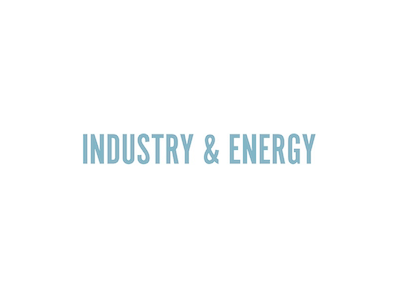ALIGN-CCUS project partners at RWE have produced synthetic fuel using carbon dioxide (CO2) captured from the flue gas of a coal-fired power station. The breakthrough has been made at RWE’s Niederaussem Power Station in North Rhine-Westphalia. Using a demonstration synthesis unit, which powered up last November.
It is the first time that producing dimethyl ether (DME) has been implemented in a real environment. The resulting fuel can be used as an alternative to petroleum-based sources.
Peter Moser, project manager at RWE Power: ‘We now hope for valuable data from the operation of our system. This enables us to estimate the contribution that such technologies can make to decarbonising the electricity and transport sector. Reducing the need for fossil carbon.
The technology demonstrated here is not limited to coal-fired power plants. We can also use it on CO2 sources that will exist for many more decades, such as waste incineration plants or cement works.’
Energy storage
DME has a number of applications. On the one hand, it provides a clean fuel for adapted diesel engines. And it can also substitute fossil fuels in the electricity and industry sectors.
On the other hand, DME can support the energy transition by providing a form of energy storage. Which can supply electricity during periods when renewable sources cannot provide a sufficient amount.
Moser added: ‘In order to generate electricity, the synthetic fuel is burned in a motor unit. And, as the CO2 is recaptured, we recycle the carbon and use it several times.’
CO2 and hydrogen
The CO2 capture plant at RWE Niederaussem has been in operation for several years. Using amine-based capture technology to separate CO2 from the power plant’s flue gas.
The captured CO2 can then be fed directly to the DME synthesis unit. Where an electrolyser also produces hydrogen. The second main component of DME. The hydrogen and CO2 are then transformed into the synthetic fuel.
ALIGN-CCUS
The multi-partner ALIGN-CCUS project unites science and industry in a shared goal of transforming six European industrial regions into economically robust, low-carbon centres by 2025.
The international partnership of 34 research institutes and industrial companies has secured European and national funding for six specific but interlinking areas of research into carbon capture, utilisation and storage (CCUS).





